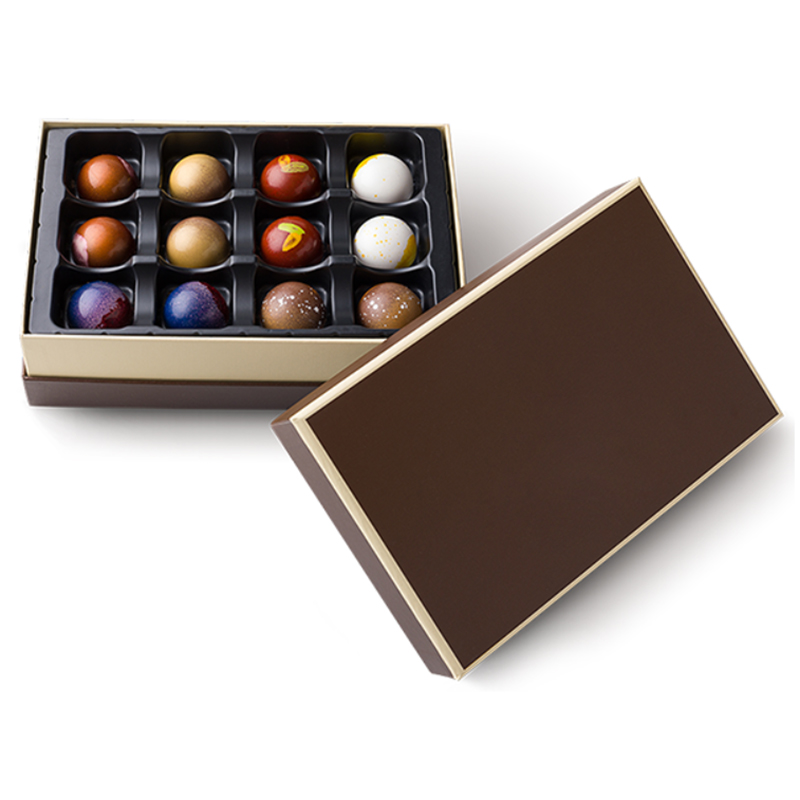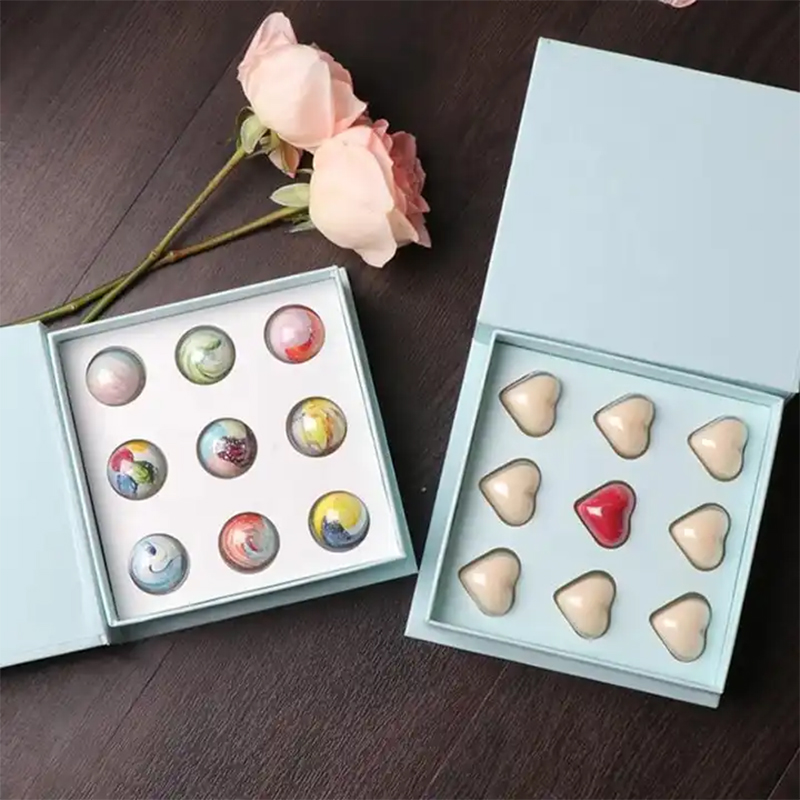- All
- Product Name
- Product Keyword
- Product Model
- Product Summary
- Product Description
- Multi Field Search
Views: 203 Author: XianDa Publish Time: 2025-02-07 Origin: Site

Content Menu
● Who Invented the Heart-Shaped Chocolate Box?
● The Victorian Era and the Rise of Valentine's Day
● Richard Cadbury and the Birth of the Heart-Shaped Box
● The Enduring Legacy of the Heart-Shaped Box
● The Chocolate Box: An Australian Story
● Questions and Answers about Heart-Shaped Chocolate Boxes
The heart-shaped chocolate box is an iconic symbol of Valentine's Day, synonymous with romance, affection, and sweet indulgence. But who was the ingenious individual behind this timeless creation? The story behind the heart-shaped chocolate box is a fascinating blend of Victorian ingenuity, commercial savvy, and the enduring appeal of chocolate as a symbol of love.
The Victorian era (1837-1901) was a period of significant social and economic change, marked by rapid industrialization, a burgeoning middle class, and a heightened emphasis on etiquette and romantic expression. Valentine's Day, with its roots in ancient Roman festivals, experienced a revival in popularity during this time, transforming from a religious observance into a secular celebration of love and courtship.The advent of affordable postage and mass-produced cards made it easier for people to express their feelings through elaborate, sentimental greetings. This commercialization of Valentine's Day created a demand for gifts that symbolized affection, and entrepreneurs began to capitalize on this growing market.
The man most often credited with inventing the heart-shaped chocolate box is Richard Cadbury (1835-1899), a member of the renowned British chocolate manufacturing family, Cadbury. In the mid-19th century, Cadbury was looking for innovative ways to market their new "eating chocolates," which were a result of a newly discovered method for separating cocoa butter from chocolate. Prior to this, Cadbury primarily produced drinking chocolate, and the excess cocoa butter created during the process presented a challenge.


Richard Cadbury's heart-shaped chocolate box was a resounding success, solidifying the association between chocolate, hearts, and Valentine's Day. While Cadbury never patented the design, the concept was widely adopted by other chocolate manufacturers, and the heart-shaped box became a staple of the holiday.
The process of manufacturing chocolate, particularly for heart-shaped boxes, involves several stages. These stages can be summarized as:
Raw Material Pretreatment: Cocoa liquor, cocoa butter, and cocoa butter substitutes are melted. Granulated sugar is pulverized, and moisture is removed from dairy products.
Mixing: The pretreated raw materials are measured and mixed thoroughly.
Fine Grinding: The mixture is finely ground to ensure a smooth texture, with particles reaching an average size of 15-30 microns.
Conching: The chocolate material undergoes refining, which improves its texture and fragrance.
Tempering: The chocolate is tempered to create stable cocoa butter crystals, resulting in a glossy appearance and extended shelf life.
Molding: The tempered chocolate is poured into heart-shaped molds, vibrated to remove air bubbles, and cooled to solidify.
While Richard Cadbury is credited with the heart-shaped box, other chocolate box companies have their own unique stories. The Chocolate Box, an Australian company, was founded in 1958 by Richard and Rose Adler. The couple bought the Smile Away Chocolates store in Camberwell, Melbourne, and renamed it The Chocolate Box. Drawing on their European roots, the Adlers imported gourmet chocolates and expanded the business.
Q1: Who is credited with inventing the heart-shaped chocolate box?
A: Richard Cadbury, of the British chocolate manufacturing family, Cadbury, is most often credited with inventing the heart-shaped chocolate box.
Q2: When did the first heart-shaped box of Cadbury chocolates appear?
A: The first heart-shaped box of Cadbury chocolates was introduced in 1868.
Q3: What was the purpose of the heart-shaped box beyond holding chocolates?
A: The heart-shaped boxes were designed to be keepsakes, encouraging recipients to store letters, cards, and other mementos of their affection inside.
Q4: Did Richard Cadbury patent the heart-shaped box design?
A: No, Richard Cadbury never patented the design.
Q5: What are the main steps involved in the chocolate manufacturing process?
A: The main steps include raw material pretreatment, mixing, fine grinding, conching, tempering, and molding.
The heart-shaped chocolate box is a testament to the power of combining innovation, marketing, and the enduring appeal of love and chocolate. Richard Cadbury's creation has become an integral part of Valentine's Day celebrations, symbolizing affection and sweet indulgence for generations. From the Victorian era to the present day, the heart-shaped chocolate box continues to capture our hearts and sweeten our lives.